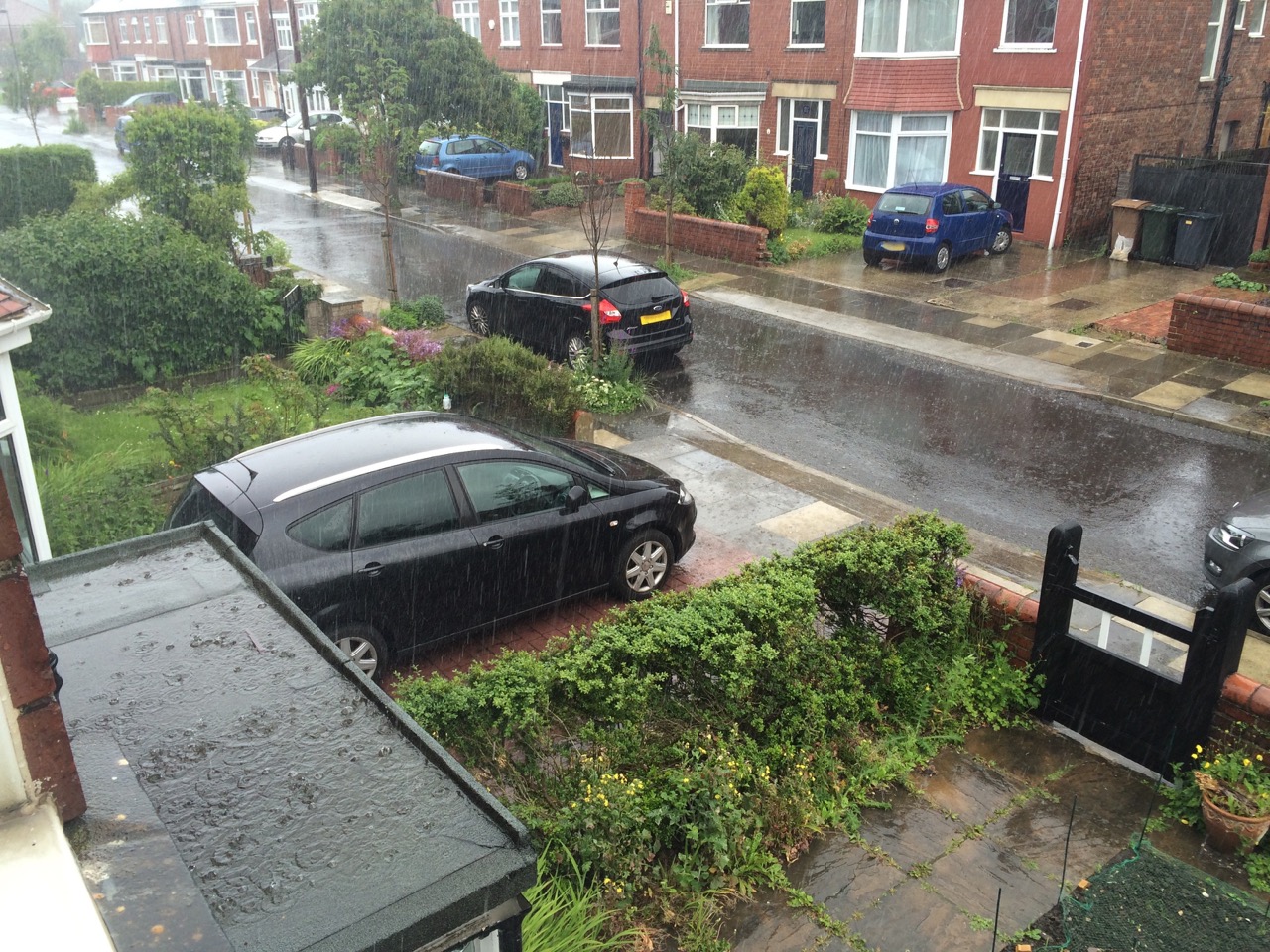
June 27, 2016, by Blue-Green team
Translating Blue-Green theory into practice: winning hearts and minds
Guest post by Laura McGinty, Newcastle University.
If you’ve stumbled across this blog then the chances are that you know at least a little bit about Blue-Green Infrastructure, and the role of ecosystem services in climate change adaptation and mitigation. You’re probably not the average “Joe Public”, but rather someone with some kind of specialist knowledge.
The Blue-Green Cities research project, as well as other researchers over the past 15 or so years, have done excellent work. The evidence base has grown, and we are in a better position now than ever before to show the value, financial or otherwise, that Blue-Green solutions can bring.
My own research, a PhD I started in Autumn last year under the iBuild research umbrella, is hoping to take this even further. Standing on the proverbial giants’ shoulders, I am aiming to build the business case, to explore evaluation techniques, and to increase the ease with which green infrastructure (GI) solutions can be put in place.
Since starting the project I have started to see green infrastructure everywhere.
A case in point: last month I was outside, digging over the vegetable patch in the front garden. One of the neighbours was walking past and she stopped to chat. She’s a big advocate of growing things, and we’ve spoken before about how many of the houses in the street are choosing to pave over their front gardens for car parking or convenience.
This time, totally unprompted, she offered:
“In the big floods we had, a couple of years ago, I’m sure that all of the gardens in the street were the reason that the flooding wasn’t worse, and that most of the houses were ok.”
For flood fans, this referred to the so-called “Toon Monsoon” of 2012. It had made one end of this street inaccessible, with flood water breaching the houses at the bottom of the road, while those further up managed to escape unscathed.
I have a very specific memory of exactly how bad the flooding was here because that was the day I was coming to do a second viewing of the house in anticipation of buying it. One way to find out whether your potential new home is at risk of pluvial flooding: visit it in during a flood event!
I think everyone who was in and around Newcastle that day has a story to tell about where they were. And I am surrounded now by researchers and academics for whom this stuff is bread and butter. But this conversation with my neighbour, who has no specialist knowledge of flooding, academia, tools or techniques, really brought home for me that this stuff is pretty intuitive. Outside the heady clouds of academia and the echo chamber of people working on the same sort of issues, the concepts of blue-green solutions are still obvious.
At a very human level, it is incredibly obvious that flooding is bad, and that having gardens to soak up excess rain is going to have a good impact on the amount of water left that’s going to be around to get into our homes and damage our carpets and our lives.
Often, people and organisations can be resistant to change. Our role, through research and our links with policy makers, is to take the hard evidence, join it together with the intuitive concepts, and build a better future. One more capable of withstanding environmental shocks. The risk of large storm events is increasing, and we have parts of the answer already lined up. All we need to do now is to work together, to get our ducks in a row, and get blue-green solutions delivered.
Further info:
Laura’s blog: http://theheathengeographer.blogspot.co.uk
The iBUILD research group: https://research.ncl.ac.uk/ibuild/
No comments yet, fill out a comment to be the first

Leave a Reply